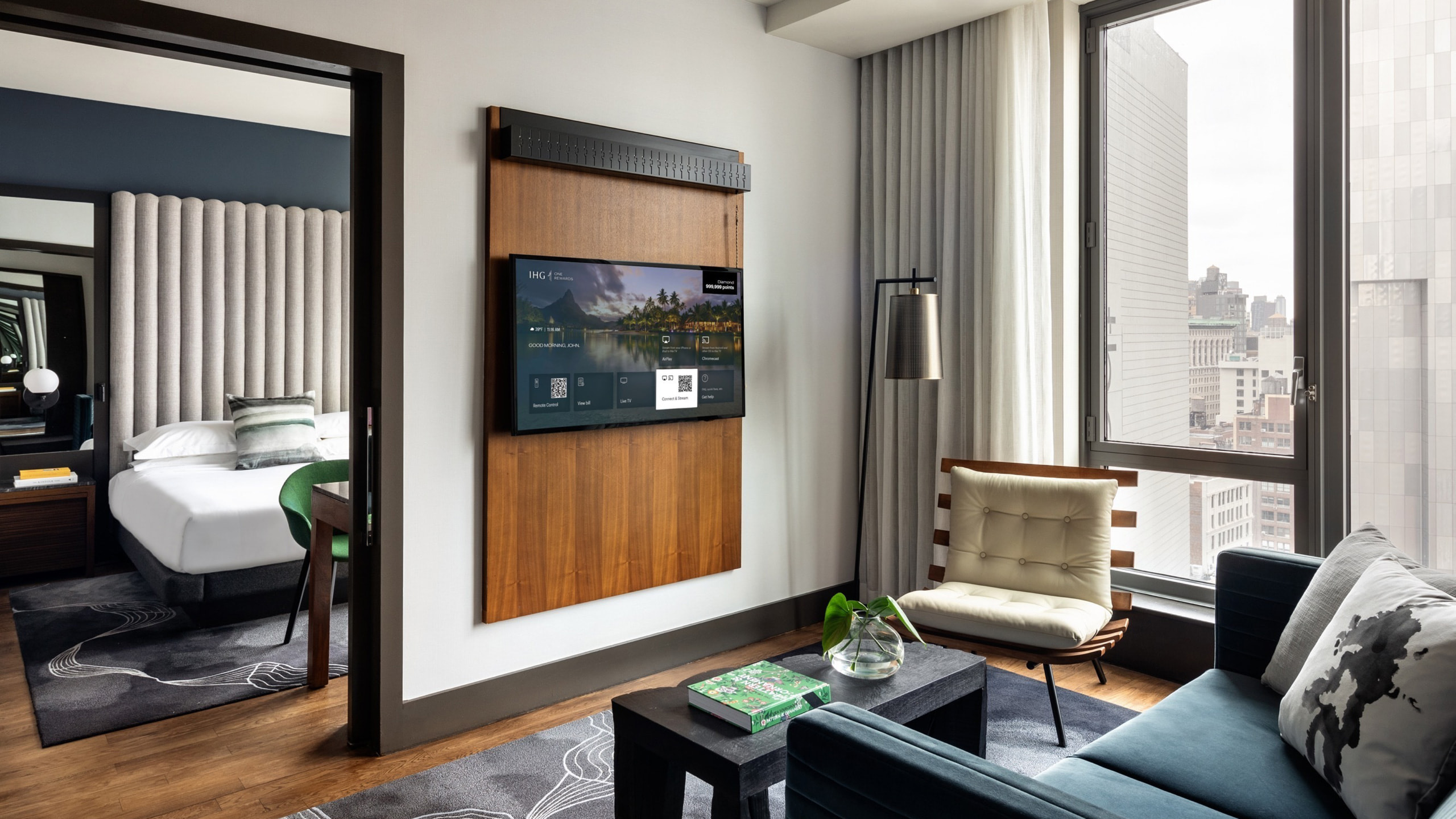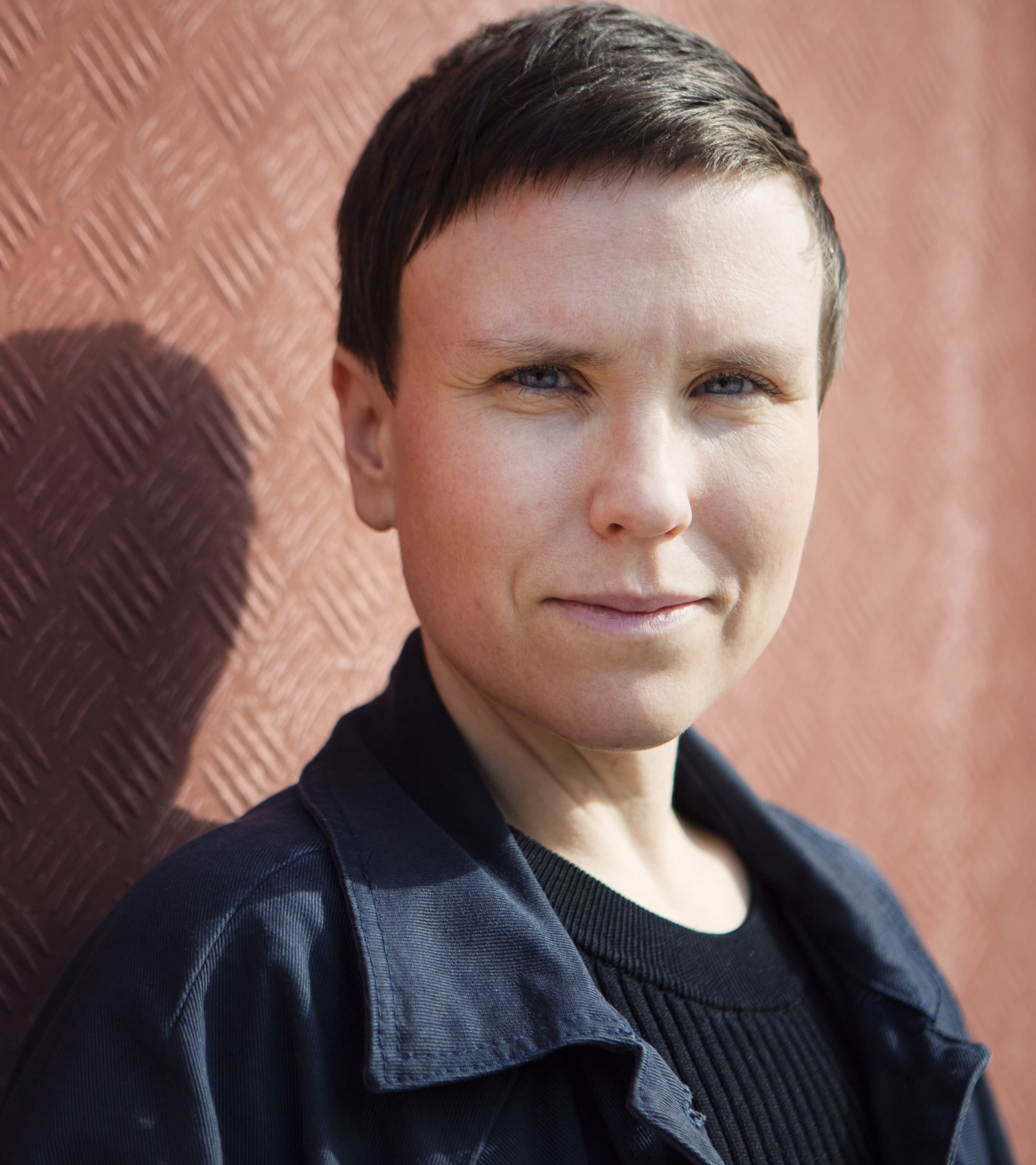Looking back to an afternoon in August 1966, in South Vietnam, we remember and honour the 108 young and mostly inexperienced Australian and New Zealand soldiers who fought for their lives in a rubber plantation, four kilometres east of Nui Dat, against an enemy force of 2,500 battle hardened Viet Cong and North Vietnamese soldiers.
The Battle of Long Tan is the most publicised Australian battle of the Vietnam War.
During the decade-long war, the enemy had been reluctant to engage in pitched battles and waged a war of small contacts – that was until Long Tan.
Lawrence Drinkwater, a Sunshine Coast resident, was a rifle section commander at the Battle of Long Tan. In his oral history on the Heritage Library website (heritage.sunshinecoast.qld.gov.au) he shares his experience and gives us an insight to what unfolded on the battle field.
Following is an excerpt from Lawrence’s story:
“Looking back on it, I don’t think I was expecting anything really. I was just sort of there and what come, come. I wasn’t looking at great big attacks or whatever in fact, I suppose, we were working that hard, you didn’t have time to think much about it.
“But I do remember my platoon sergeant, old Paddy Todd. He was a very old soldier and had a lot of experience, but he said to me one time, ‘These Cong are not just gonna let us come in here and take over this place,’ he says. ‘They’ve been controlling this province for years and years, they’re not just gonna walk out and let us just walk in and take over. They’ll hit us one day’.”
And he was right, poor old Paddy.
How it began:
“We married up with B Company, the patrol from B Company, and they showed us where they’d found the mortar position and I didn’t actually get to see it myself because I was on the perimeter.
“I heard that they’d found some blood and clothing and that. So we realised, the artillery – the night before – must have got a couple.
“So then we sort of said goodbye to B Company. Everybody was probably thinking, oh yes well, they’re (the enemy) gone now.
“So we just started back about 3 o’clock I think it was, we started in the afternoon. Started going on out, the rest of our patrol and moving as a company, two up and one back. 11 Platoon on the right, 10 Platoon on the left, and 12 Platoon in reserve in the rubber plantation. It was a nice peaceful walk – just another afternoon having a wander around.
“Then sometime after 3 o’clock things started to happen. First up I wasn’t sure whether the fire was going out or coming in. So I got on the blower and I said, ‘What’s going on? Are we getting hit or is it going out?’ And they said it was coming in.
“So they asked me to take compass bearings and report back in. But you see it was going right over us and hitting up around the SAS and that, and it seemed so far away where it was actually falling. We stood to and everybody stood to and they said, ‘Oh they might put an attack on us’ and all this. There were rumours going round everywhere, so it wasn’t actually a night that would’ve went down in my mind at the time of something … really it was happening.
“There were a few shots fired coming from 11 Platoon’s area and the word was they captured one weapon, everything started to move very quickly after that, and then it wasn’t so long after that when the Viet Cong opened up. It was just one noise. It was something I’d never heard before, you know, the noise was phenomenal.
“Then I probably thought to myself, my God, this is not just a contact, you know, this is something more than a contact.
“Well, while that had happened, while 11 Platoon were in contact, what was happening was in 12 Platoon, everybody more or less went to ground and waited to hear what was happening up there and then and things get a bit blurred – I must admit that.
“Things were happening. I know that 10 Platoon were told to, or 11 Platoon must of told company headquarters that they were, they were getting hit by the enemy, on the flank or probably all round or something, then they sent 10 Platoon up on the left to try and break up the enemy up there. Now I know that 10 Platoon run into people up there. I was still back, 12 Platoon was still back with company headquarters.
“I remember some mortars coming in around our area and then I remember being told that we were going forward. 12 Platoon was to go up to the right and relieve pressure on 11 Platoon from their right.
“We were going up and the funny thing was, we were going up and I looked around and I saw these blokes down to my right and they had stuff hanging out of their hat and everything and I thought it was B Company blokes and I said to my 2IC, ‘Don’t tell me that’s B Company that’s come back is it?’ And he looked down and he said, ‘No, they’re bloody Charlie!’ They were lining up to assault company headquarters.
“Then we got fired on from a different angle and we went to ground then and we were pinned down there until then some of the blokes from 11 Platoon did manage to get back to us. We threw smoke and to give them an idea.
“You know, young fellas, first time under fire – I was an old man at 27 – I thought that they’d done one mighty job; I never had anybody fall to pieces or anything.
“The blokes were coming back from 11 Platoon, come back to 12 Platoon, and then we could sort of get an idea just how bad it was and then everybody knew that it was pretty, pretty, you know, terrible because we didn’t even know what would happen. All we knew that there was a hell of a lot of people firing at each other up there.
“We went down to help 11 with half of the platoon and the rain started – it was the heaviest rain I’d seen I reckon.
“Everybody that you talk to that was at the battle that day, I always say, what do you remember about that day? The rain, the rain, everybody talks about the rain, you know.
“We got back into company headquarters. By that time 10 Platoon had already got back to company headquarters, and then what we had left in the company, we put up a perimeter and from then on it was more or less, I would say that’s where we stayed in that perimeter and hopefully then wait for reinforcements or the inevitable.
“The enemy were doing their assault, they would get so far up and then they’d go down, and you would probably think that you’d mowed that lot down, but then the next wave come and blokes were getting up and joining that wave and coming in with them. Pretty clever. They were coordinating the attack by bugles. When I started hearing the bugle, I knew that this is not just a little platoon or anything.
“I was very scared I’ll tell ya. But what more could you do, you couldn’t do anything else but just…fight on and there wasn’t much else you could do – just keeping the head down, firing to keep them off and just keeping control of the section.
“One thing that always sticks in my mind; I was fascinated by the tracer, the tracers – it seemed to go so slow. You could see it coming towards you and it just seemed to be coming so slow you know.
“Ammunition was crucial, it was; we were running out of ammunition right, left and centre.
I told my soldiers when I realised that this was going to go on for a while I told them to, you know, to just watch their ammunition and only fire if you could make it work and so, yes, we held out pretty well, but we did have to get re-supplied during the time, but it was a bit scary because, see at that time we were only going out with three magazines – only 60 rounds.
“I heard the choppers coming in. I didn’t actually know what they were doing. I heard them coming in and when they come in I asked what was going, what are they here for, and somebody said they’re bringing us in ammo and I thought, oh thank God for that.”
To listen to Lawrence’s full story go to https://heritage.sunshinecoast.qld.gov.au/Stories/Veterans-Voices
Thanks to the Heritage Library staff for the words and Picture Sunshine Coast for the images.
Image details
Hero: Vietnam Vet Lawrence Drinkwater
Image 1 – Vietnamese children with Australian soldiers
Image 2 – 35 Squadron Caribou Aircraft, 1969
Image 3 – No.2 Squadron RAAF filling sandbags, 1967
Image 4 – Jeep near American base at Vung Tau
Image 5 – American soldier, Vietnam







